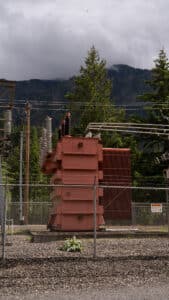Bitcoin mining isn’t what it used to be. In 2010, a laptop could earn you 50 BTC. In 2025, even the most advanced mining machines compete for fractions of a coin.
So, is it still possible to mine 1 full bitcoin today?
Yes, but it requires serious planning, the right infrastructure, and a shift away from DIY (do it yourself) thinking. Let’s break it down in plain English.
Why Mining 1 Bitcoin Is Much Harder Now
Bitcoin’s design includes a concept called the difficulty adjustment. Every two weeks, the network recalibrates how hard it is to mine based on how much computing power is on the network.
Today, that total network computing power (hash rate) is at all-time highs. The competition is fierce, and mining 1 bitcoin alone could take months or even years unless you’re running hundreds of high-performance machines.
But that doesn’t mean it’s out of reach.
The Problem with Solo Mining in 2025
If you’re thinking of mining from home, here’s the harsh truth:
- Residential electricity costs eat into profits
- ASIC machines generate intense heat and noise
- You’ll need ongoing setup, monitoring, and repair support
Unless you’re a data center engineer with free power, solo mining isn’t the smart play anymore.
The Smart Way: Hosted Mining with Infrastructure Partners
Enter hosted mining where professionals run the hardware, and investors reap the bitcoin.
At Abundant Mines, we operate air-cooled facilities designed to maximize miner lifespan and output. You don’t need to own a warehouse, wire circuits, or troubleshoot firmware. You simply invest in a proven operation that mines on your behalf.
What You Get:
- Allocated ASIC machines under your name
- Professional maintenance and optimization
- Real-time dashboards and mining transparency
- Passive bitcoin production based on actual hash power
This structure puts the goal of mining 1 BTC back on the table, without the friction.
How Long Does It Take to Mine 1 Bitcoin?
It depends on your hash rate, or the total computational power you control. But here’s the non-mathy explanation:
- If you operate ~6000 TH/s (terrahashes per second), you could mine around 1 BTC annually, depending on network conditions.
- If you’re mining solo with one machine (~2 TH/s), your chances of mining a block of 3.125 BTC are once in 64 years. This is a very low probability given the lifespan of a machine..
Instead of obsessing over exact numbers, the smarter question is: What’s my cost per coin? And with hosted mining, that number is often far below market spot prices over time.
What Successful Investors Do Instead
The most successful Bitcoin miners today aren’t DIY hobbyists. They’re:
- Allocating capital to energy-efficient mining operations
- Using depreciation and bonus write-offs to reduce tax exposure
- Accumulating bitcoin passively as a strategic hedge
Mining 1 BTC isn’t the goal—owning productive infrastructure is.
Should You Try to Mine 1 Bitcoin?
If you want to understand mining, experiment, and learn: sure, try a small rig.
If you want to accumulate bitcoin strategically and passively? Work with experts.
Mining isn’t dead. It’s just different now. The best time to start is before the next bull run sends hardware costs soaring again.
Take the Smarter Route
Abundant Mines exists to help founders, investors, and family offices grow long-term wealth through direct exposure to bitcoin mining without building it all from scratch.
Want to see how much hash power it takes to reach 1 BTC per year? Book a strategy call and we’ll show you.
Disclaimer: The information provided in this blog is for informational and educational purposes only and should not be construed as financial advice. Please consult with a financial advisor or conduct your own research before making any financial decisions.



